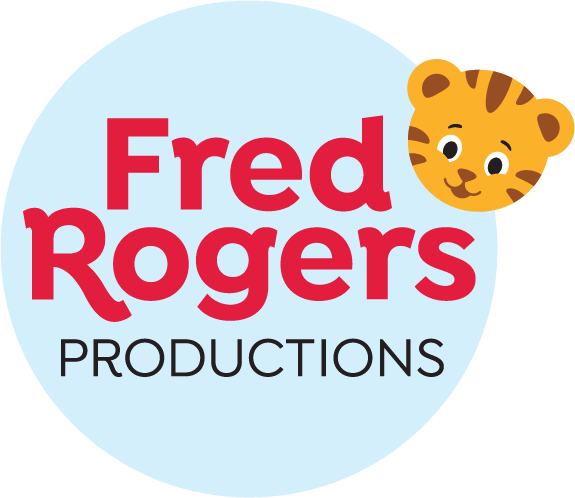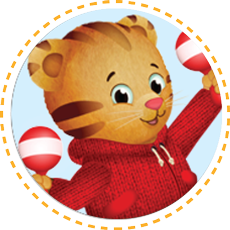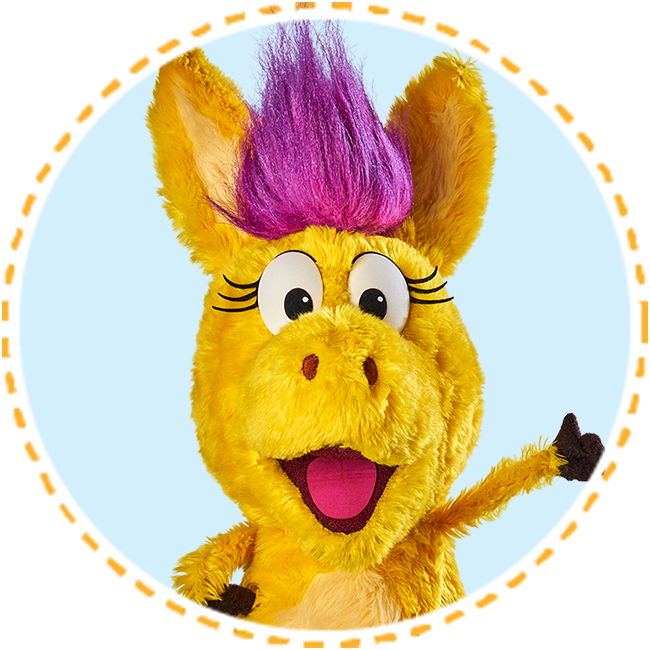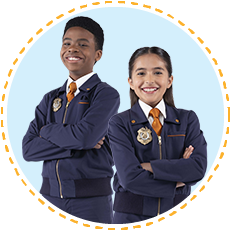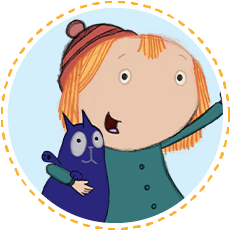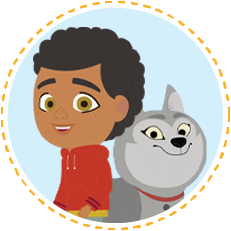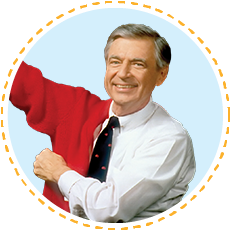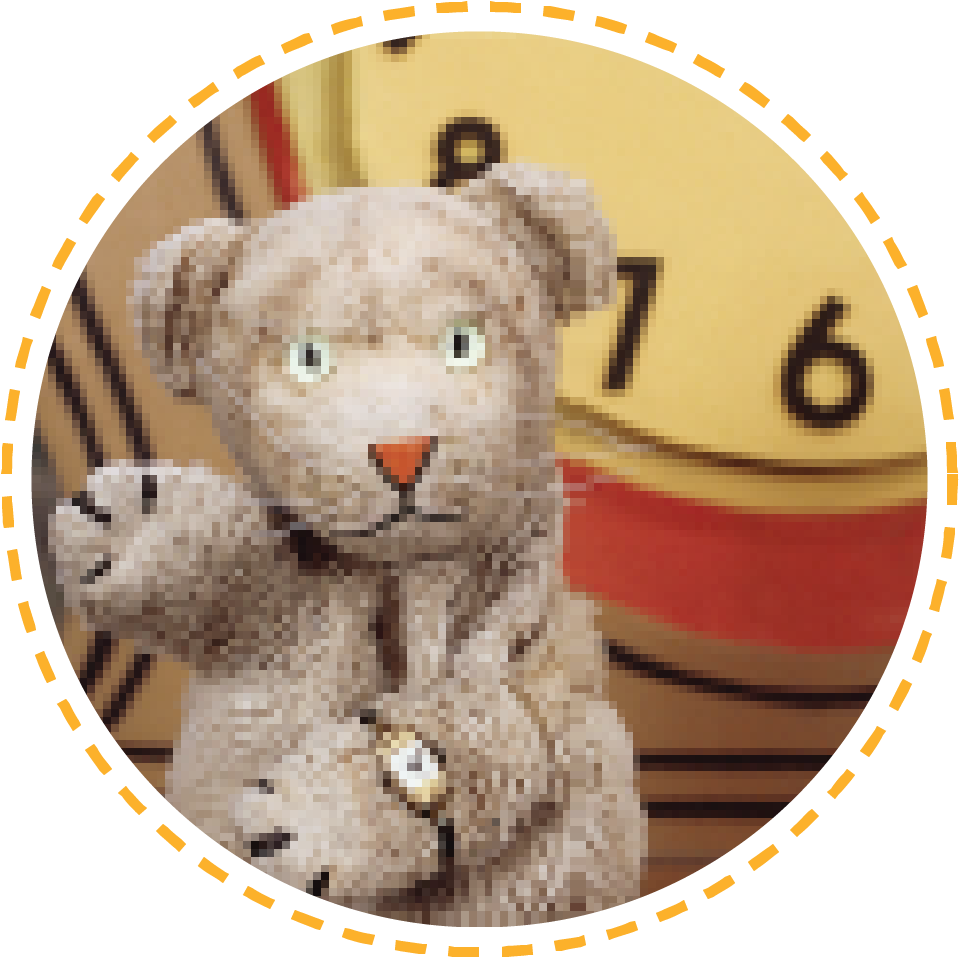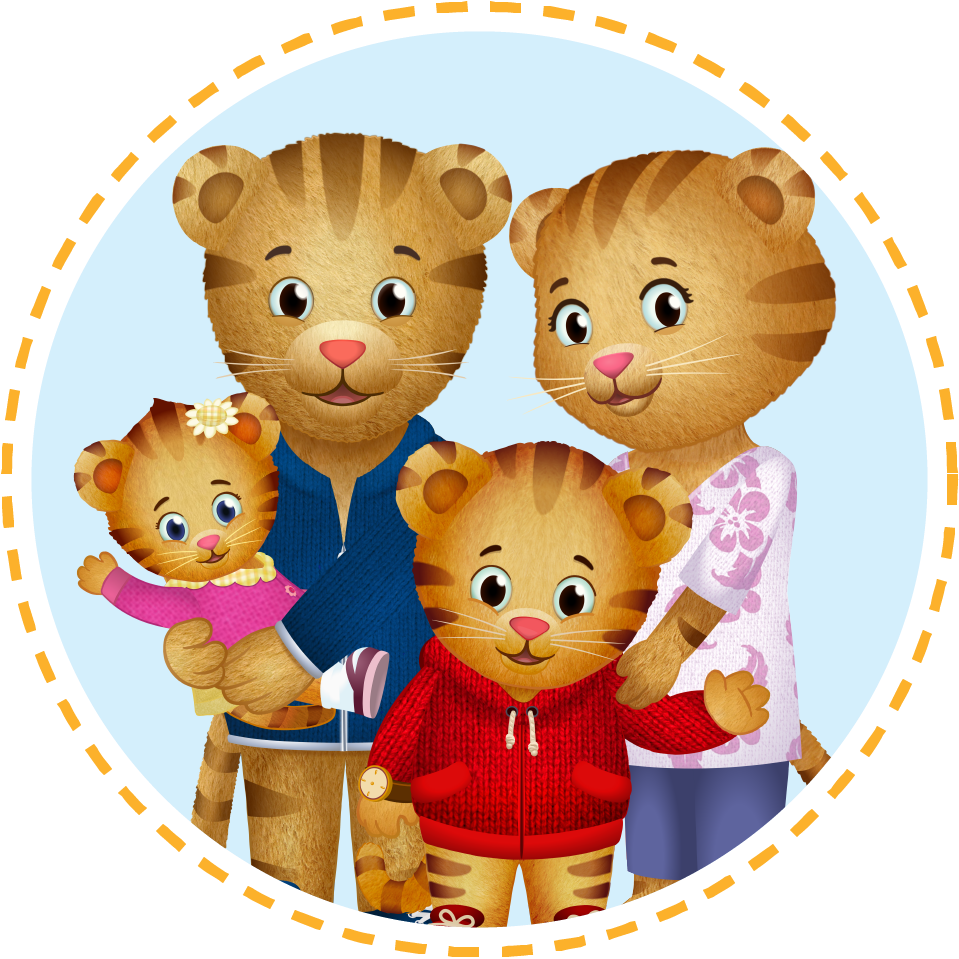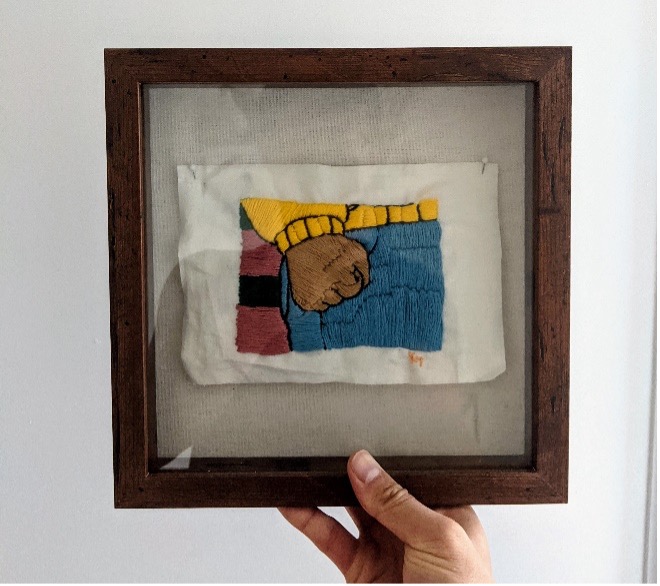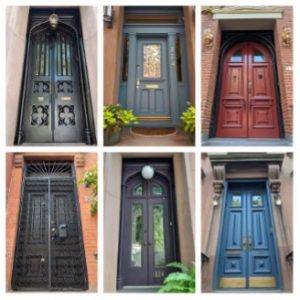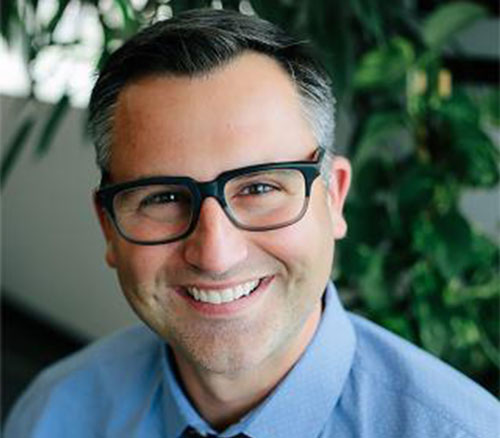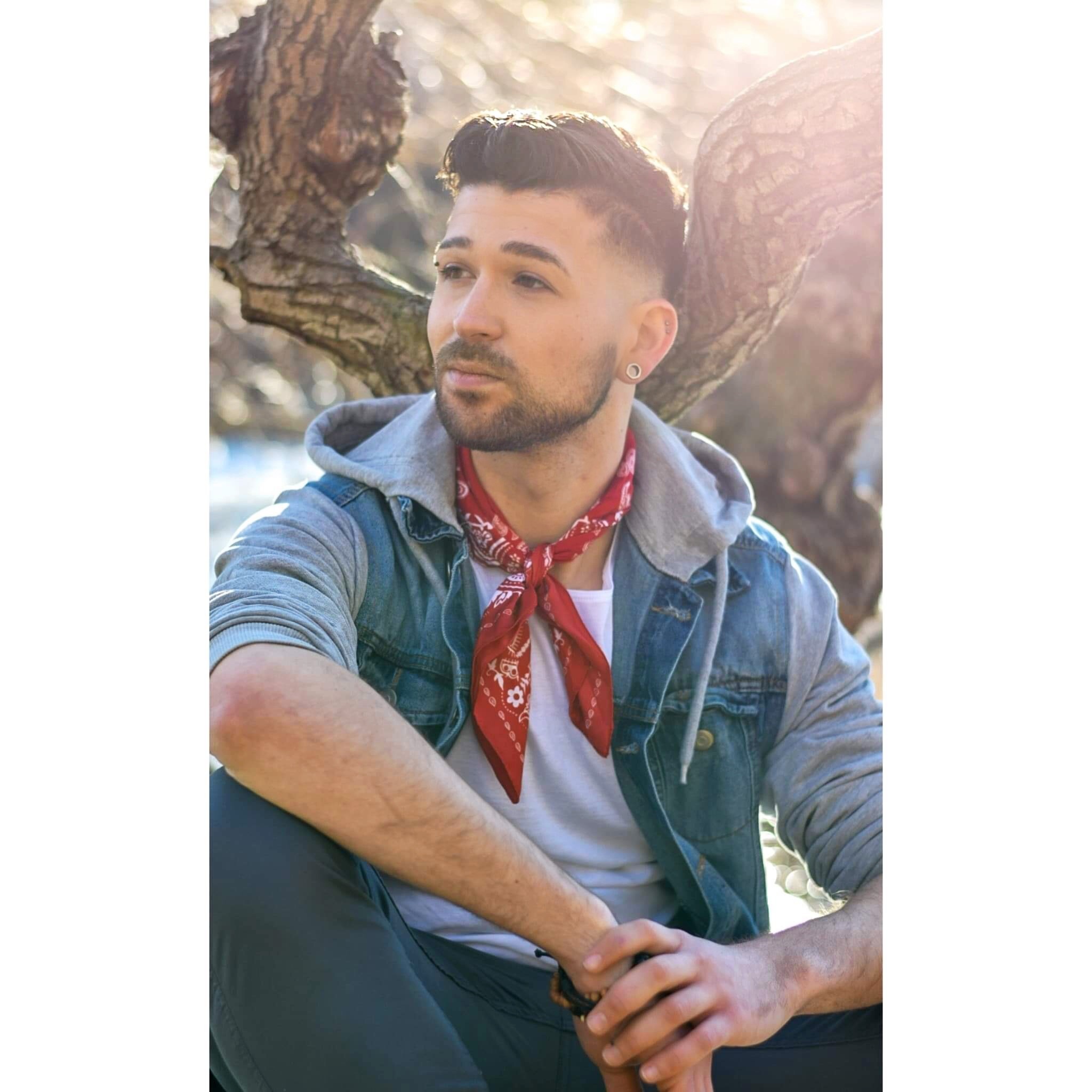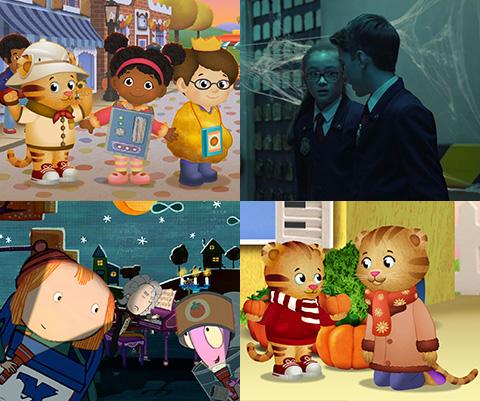Tell us about yourself and your role as Associate Producer of Donkey Hodie.
My role with Donkey Hodie is an assortment of responsibilities that help get an episode from story premise to distribution. I gather feedback from our child development advisors that inform our scripts, track video cuts as they get delivered, and give the show a last look before it is distributed. I also lend input on things like social media posts, international voice casting, captioning, descriptive video, and more. I love that I get to be there each step of the way until I can stream a finalized show online or watch on the TV!
What led you to working in children’s media?
I’ve always enjoyed working with children and have been lucky enough to merge that with my background in broadcast journalism and public media.
One of my early jobs was as an education reporter for a local newspaper. Keeping track of what was happening in 22 school districts opened my eyes to the educational needs of children and the struggles of their families and teachers to meet those demands.
A few years and a master's degree in public media later, I found myself producing a children’s news show out of the Cleveland PBS station. I worked in that role for five years and loved being able to see how children absorb information and turn it into action in their own lives.
Now hearing testimonies from parents about how they use songs and strategies from Donkey Hodie to help their children is what makes my job extra rewarding.
What is your favorite thing about working at Fred Rogers Productions?
The culture here is so refreshing. Everyone at Fred Rogers Productions is genuinely kind and passionate about their work. It is amazing to have creative energy combined with mutual respect and value for one another.
What do you like to do when you’re not working?
When I’m not working, you can find me traveling, visiting art museums, buying houseplants, or doing something creative. I’ve been deep in pottery for the last several years, and those classes keep me pretty busy (ask me about my recent attempts to make a teapot). My husband Vincent and I are also foodies. We cook just about every meal we eat. We’re new to Pittsburgh, by way of Youngstown and Cleveland, so we’ve been on the hunt for our new favorite restaurants, too!
Do you have any special holiday traditions?
Christmas Eve is when most of my family traditions happen. Every year, my family dresses up to attend a candlelight service at church. When we were little, I remember competing with my siblings to see who could get their candle to burn the longest — impressive that the pews never caught fire! Then we head back home to eat Chinese takeout. My husband’s family also has a big gathering on Christmas Eve that ends with steak and lobster. Nowadays, it is a mix of both traditions but always full of family and food.
